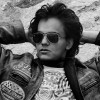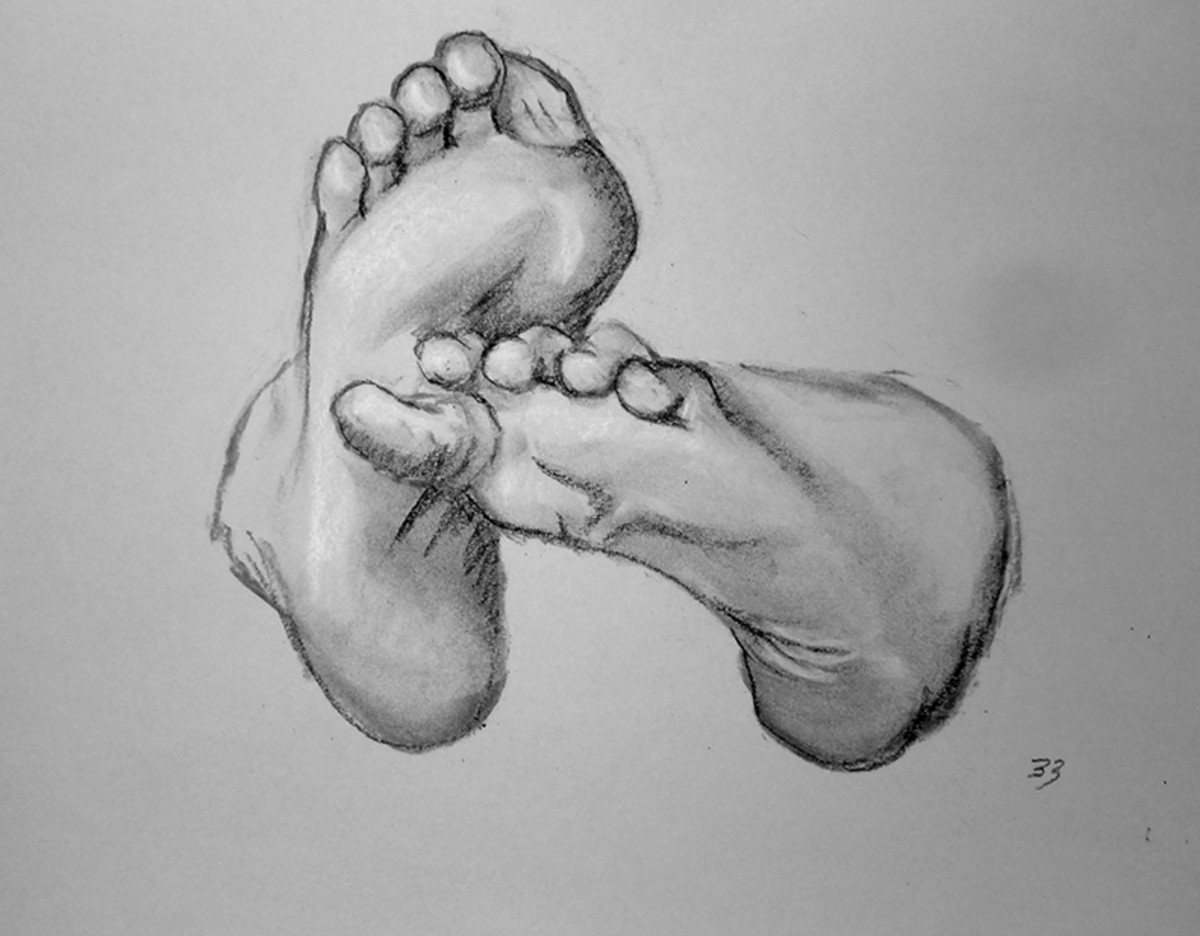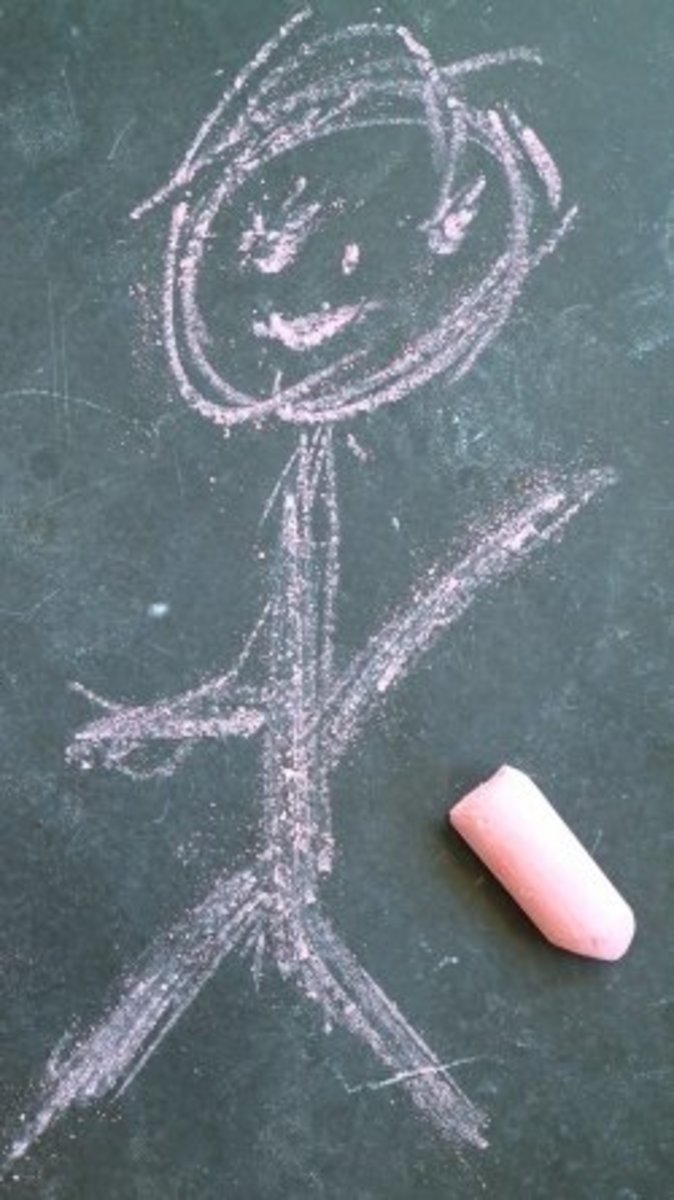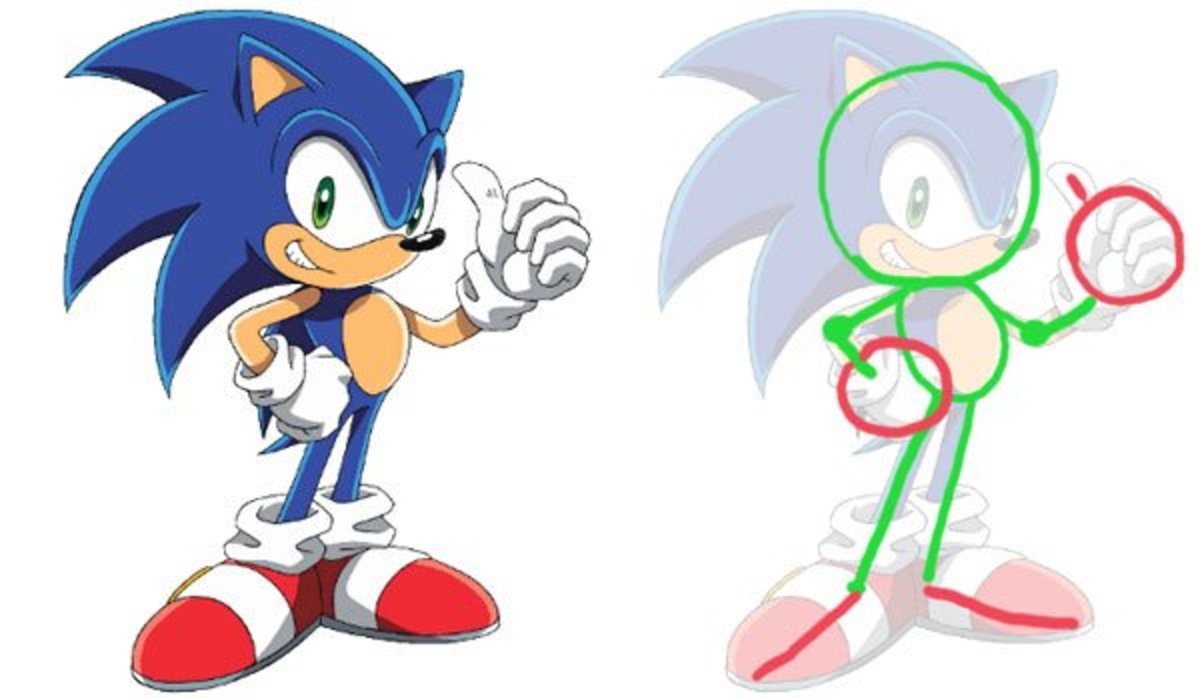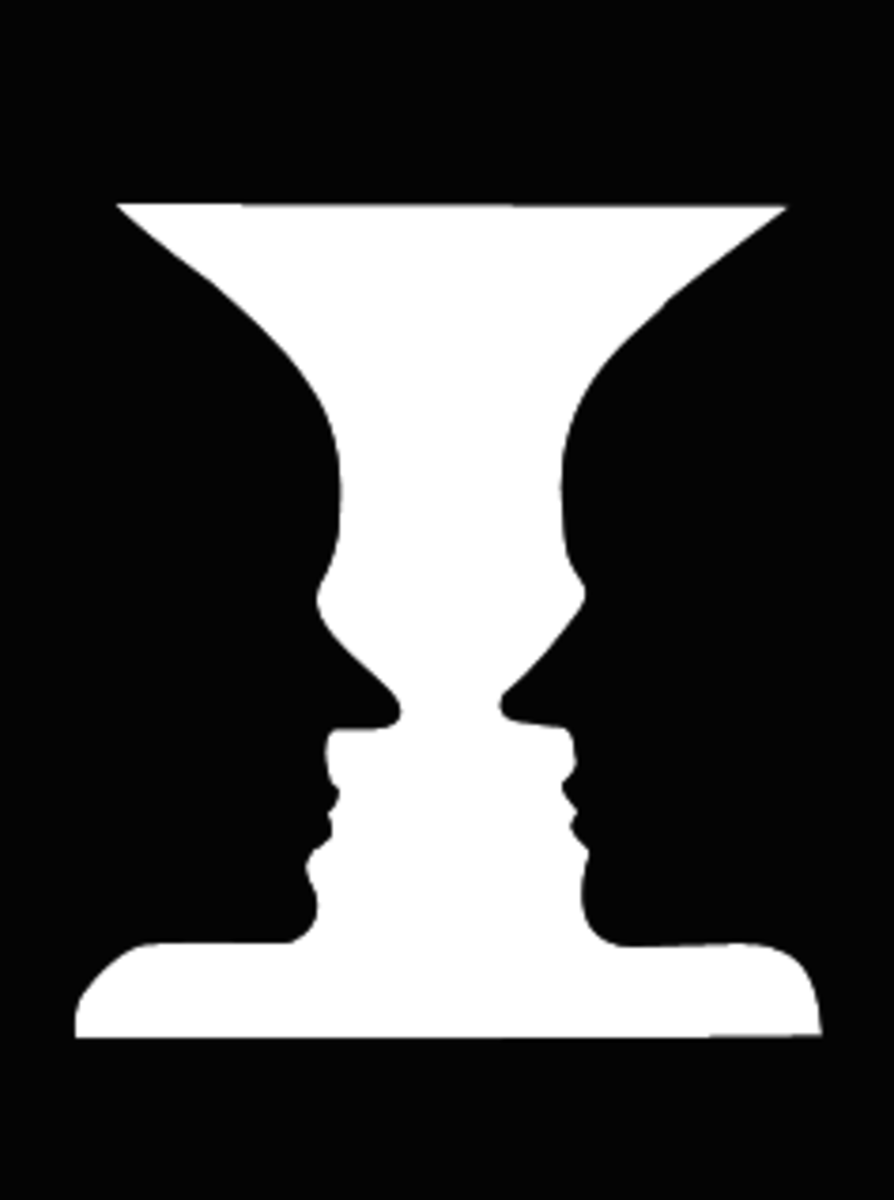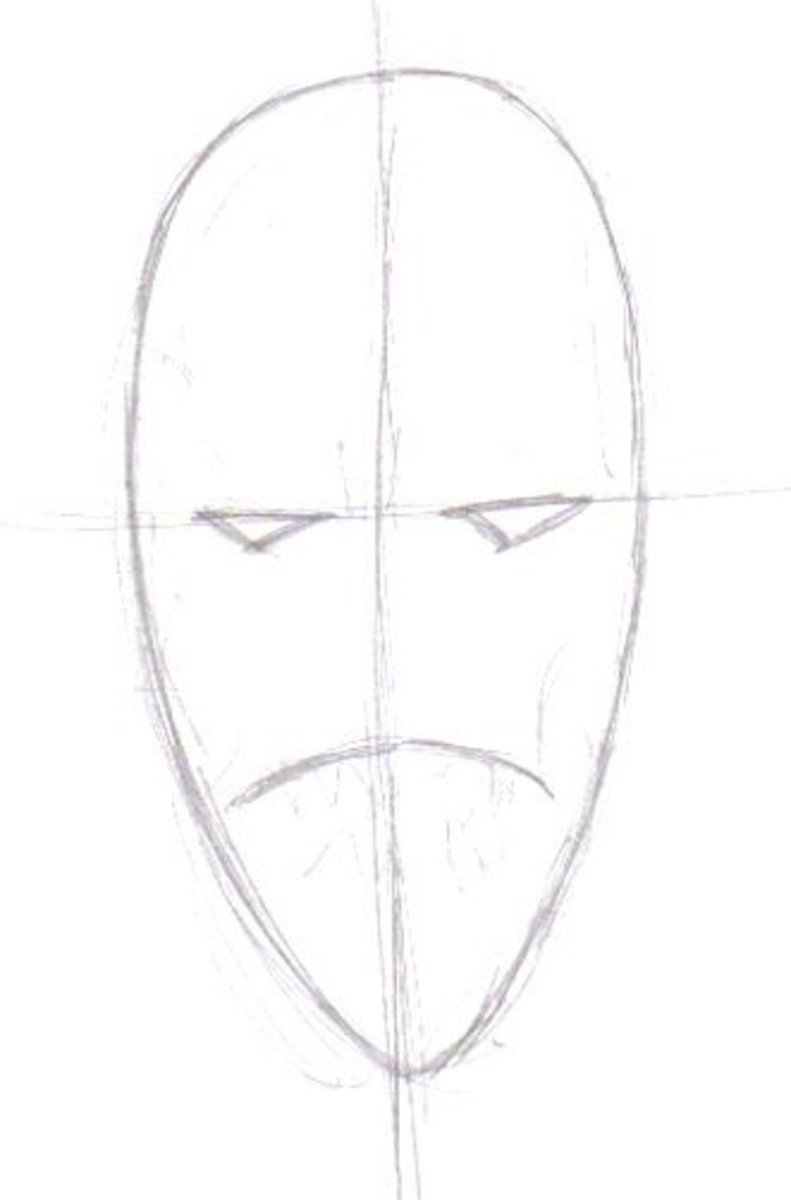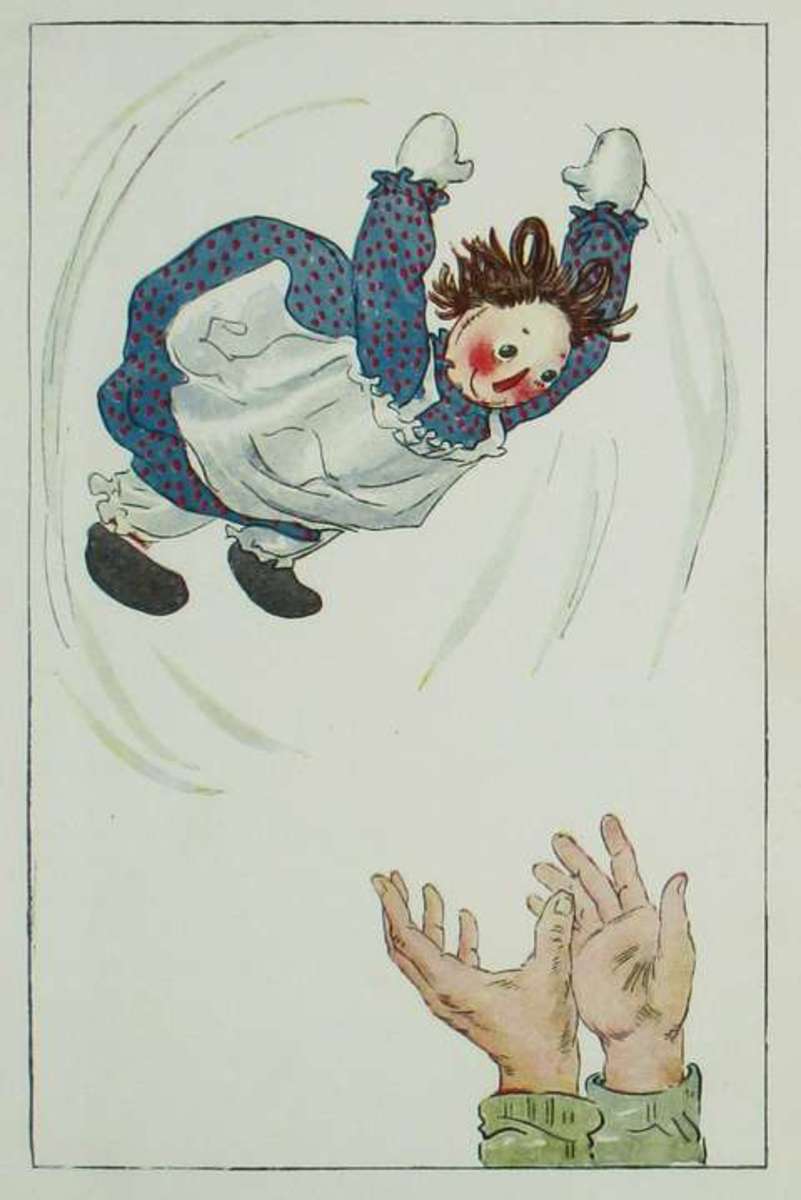How to draw with pencils
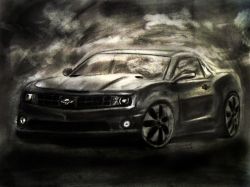
What kind of pencils
There are many kinds of pencils besides graphite, while graphite being the most common among others are charcoal and carbon.
Some people swear by graphite, while some people employ both graphite and charcoal, and others who only use charcoal.
The only hindrance some artists feel when using graphite is the excess shine when you have to go very dark yet graphite cannot produce true blacks like charcoal and carbon pencils can.
Charcoal is a bit rash and messy when compared to graphite, it can produce full black with no shine what so ever so it all boils down to personal preference.
Carbon pencils on the other hand are made from carbon black can be handled like graphite and can produce full blacks like charcoal, some companies like staedtler makes carbon pencils in their end range i.e Mars Lumograph 7B and 8B are cabon pencils, 7B a mixture or carbon and graphite while 8B is full carbon.

Things you need to get started
There is not a lot you would need to begin drawing some artist only use a 2b pencils for their whole drawings, but the basic things you should have are.
Pencils: 4h, 2h, HB, 2b, 4b.
a Kneaded eraser, a plastic eraser
a ruler
tissue papers, Q Tips, Tortillion for blending.
a good paper to draw on.
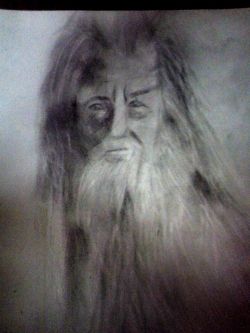
Measuring and Proportions
Proportions is the most important, if your drawing a portrait you wanna get as close as you can with proportions i.e if your little off on eyes, mouth, nose then its not gonna look like the person your drawing so proportion should be the no.1 priority if anything the rest should come later after you have the correct proportions.
There are many methods to go about with measuring proportion the most common is using your pencils to measure or a ruler, hold your hand straight out elbows locked then use your pencils to measure.
Angles should be measured according to and in relation to how horizontal or vertical they are.
if you draw from photographs or printed material you can use any of the following
The Grid method is the most common of all what you do is for example your drawing from a photograph which is 4 by 4 inches you draw 4 grid horizontal and 4 grids vertical 1 inch a grid, then you also draw the same grid on your drawing paper then copy from each grid to the paper this method makes proportion much more accurate and easier and this can also be used to enlarge i.e you have a 4 by 4 inch image but you are drawing on a 8 by 8 paper draw the same no. of grid on the photo and the drawing paper.
Tracing is employed by many artist which reduces the error margin to almost none but then again anyone can trace artist or not.
what you do when tracing is you print a photograph then you take a tracing paper and place that on your drawing paper and you photograph on top of the tracing paper then you trace along the photograph.
similar to tracing is also projector tracing this is done when drawing large, you set up a projector to point on your drawing surface then you trace along.
Shading
Realistic drawing does not contain many lines there will be but mostly it is done by shading, what that means is take a pencil a 2B for example make some marks on a paper then use you finger to blend it i.e scrub it in circular fashion you will get a smooth tone.
there are many thing you can use for shading fingers, tissue paper, Q tips, tortillion etc..
Tips
Drawing is seeing basically you draw what you see not what you know because if you do not draw something you see but what you think it should be it will not look the way it is.
When you begin to draw something first establish landmark most probably straight lines in your subject then you can measure accordingly in relation to those landmarks
Never draw curves in the beginning cause we humans tend to exaggerate draw curves using a small straight lines, once you have everything in place i.e the right proportions and such then you can go about refining drawing curves, spheres etc in details.
